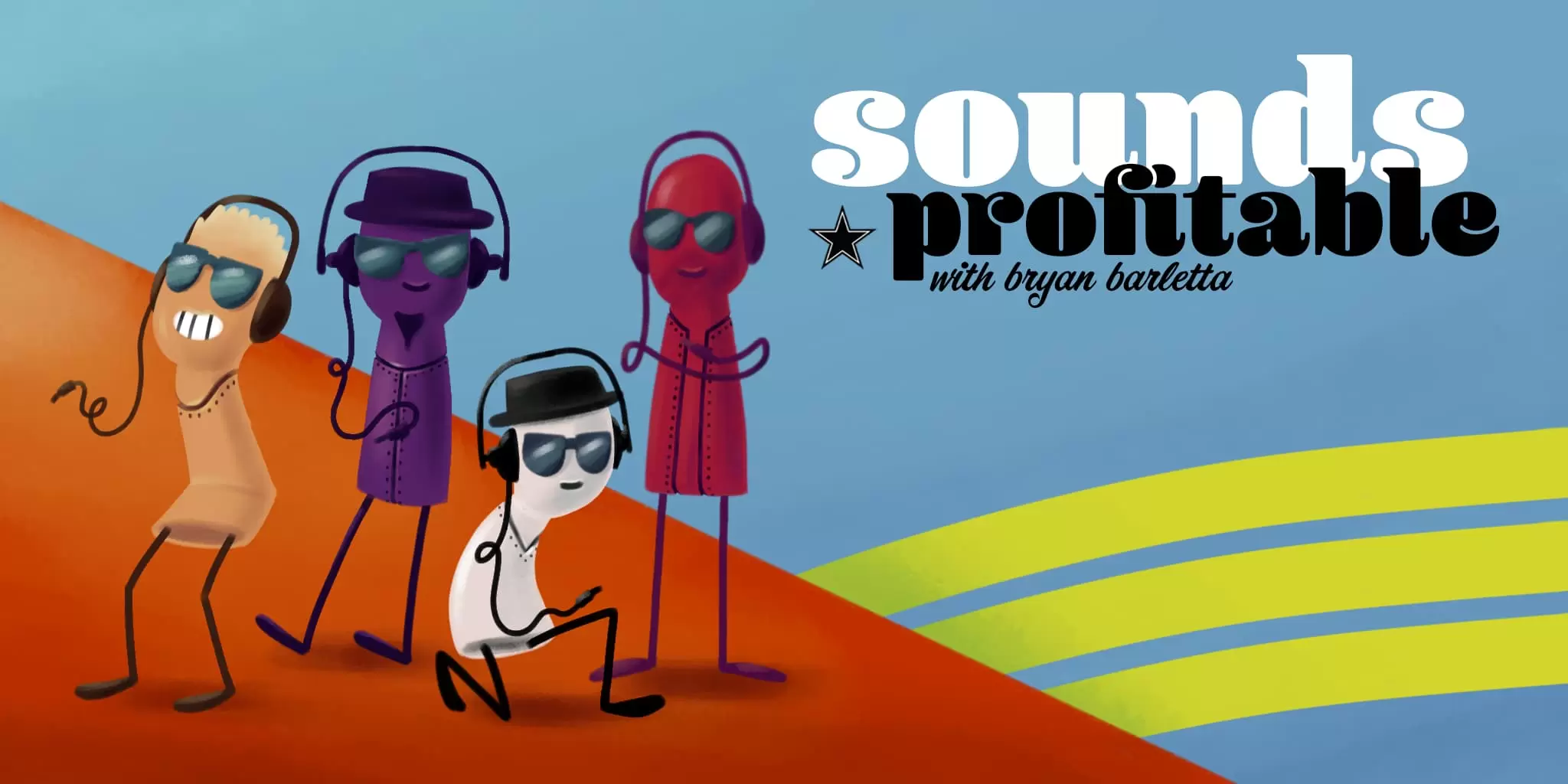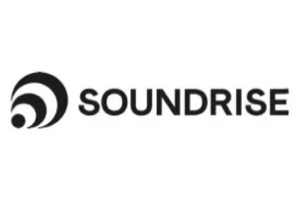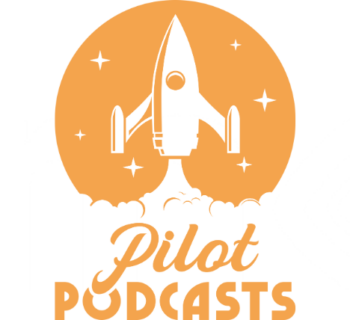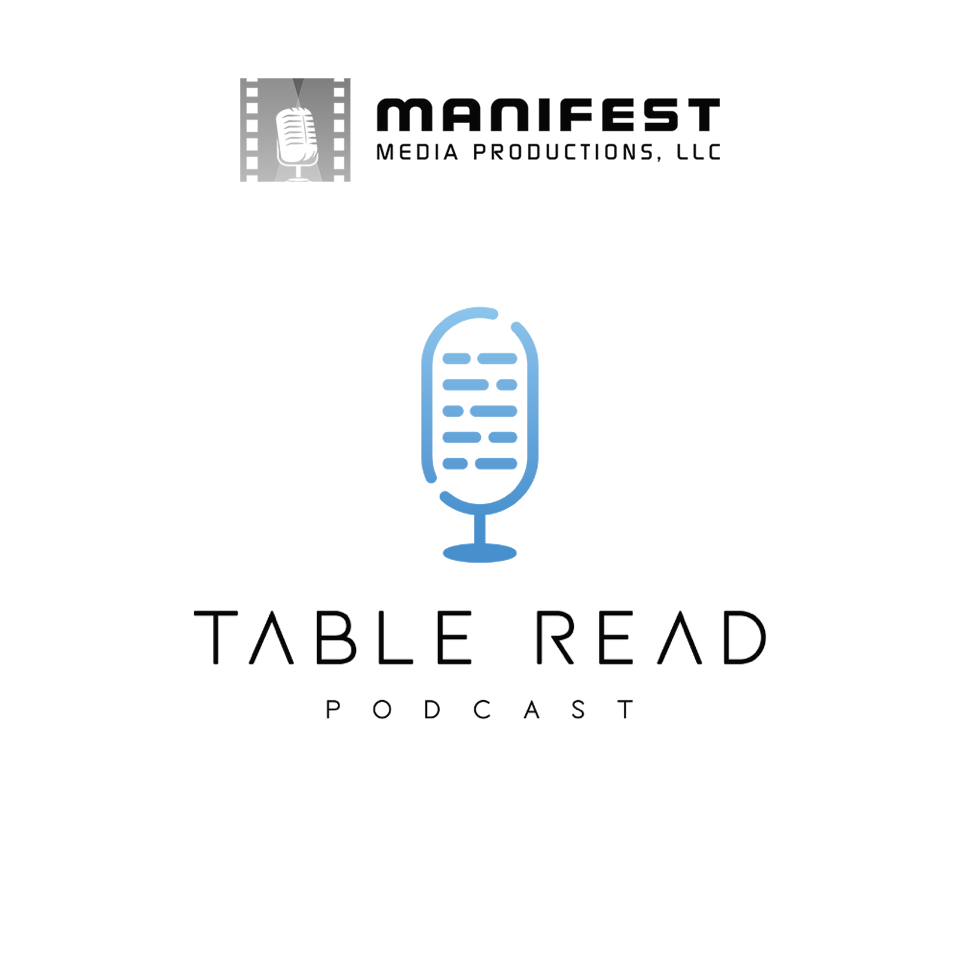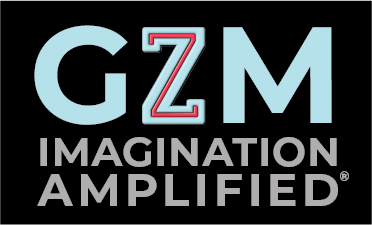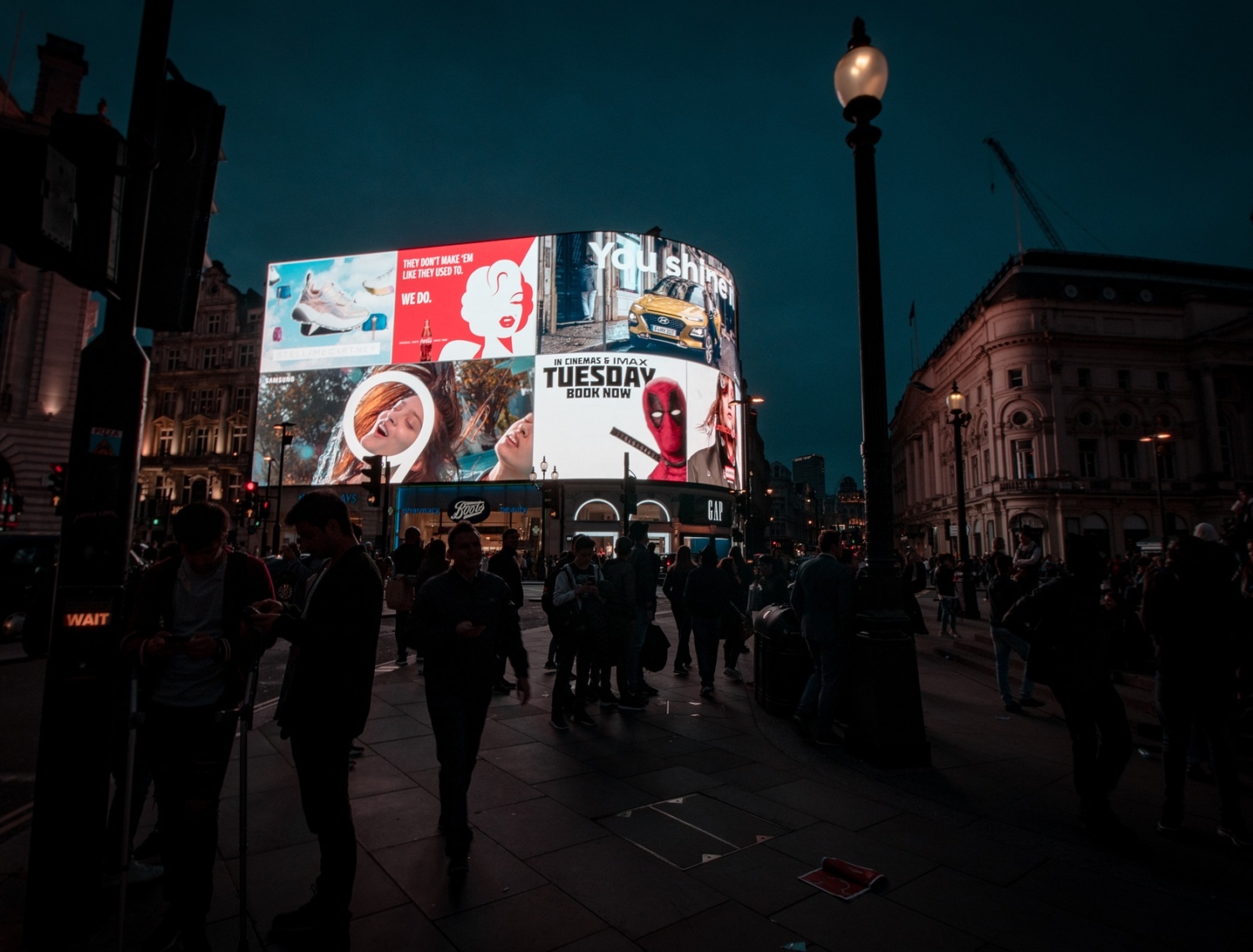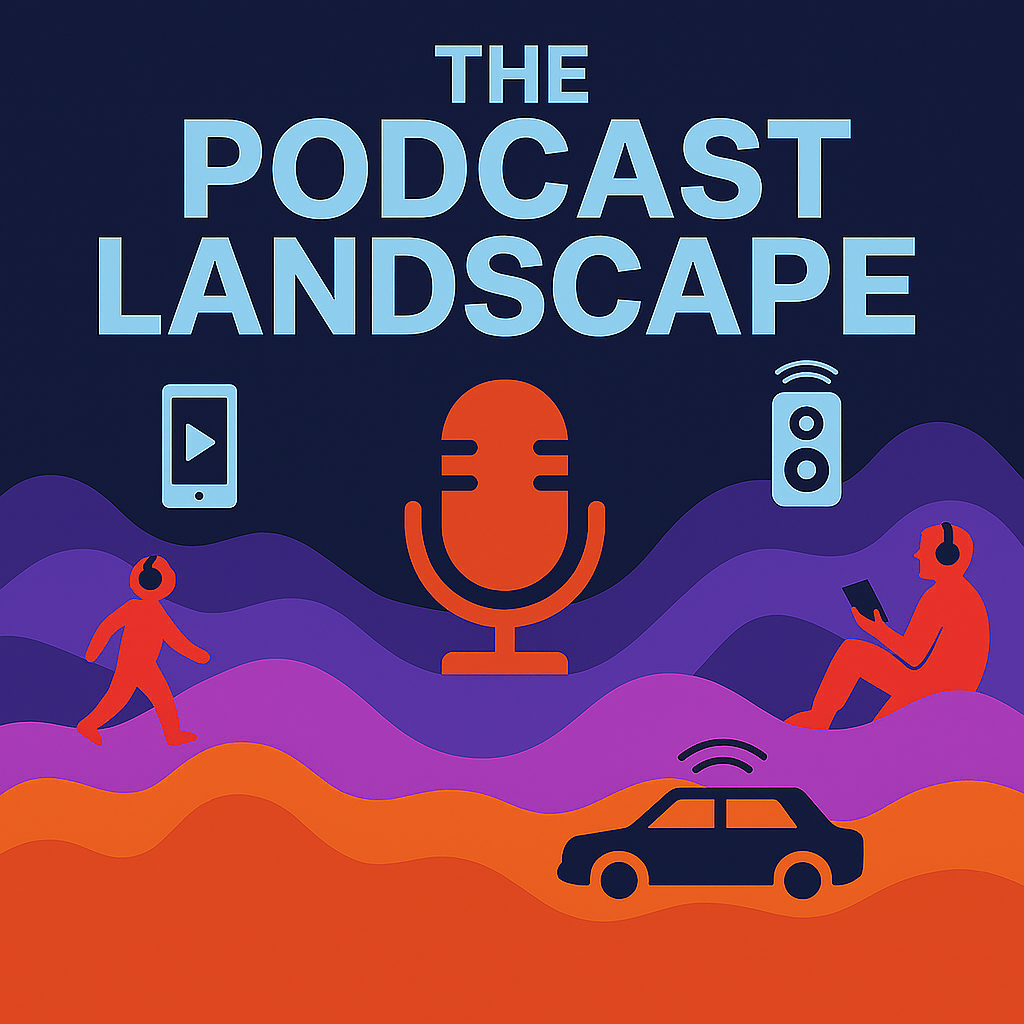Sounds Profitable’s podcast has a free Supercast podcast feed along with narrated versions of our articles, or find it wherever you get your podcasts.
Bryan: Can you tell us a bit about Füm (give us the full pitch!) and the company’s advertising experience prior to podcasting?
Adam: Quitting smoking isn’t easy, in fact, it’s so difficult that the smoking cessation market has grown exponentially in recent years expecting to reach over $50 Billion by 2026. Smoking cessation for a long time has been held captive by expensive therapies, nicotine-replacements that are equally addictive, and the dreaded cold-turkey that isn’t very effective–that’s why Füm exists.
Füm makes quitting smoking safe, natural, and human by replacing the physical habit of smoking with something enjoyable, comfortable, and packed with benefits. Füm is a passive wooden inhaler that uses no smoke, electronics, or nicotine and instead uses plant oils studied to curb nicotine cravings. Since our launch in 2018, we’ve served over 45,000 customers–but it has not been easy, especially for our marketing team.
Like many e-commerce brands in the past decade, we found our first breakthrough on Facebook Ads–though that was short-lived due to our product resembling the act of smoking (a grey zone in FB’s compliance). 2020 was a massive year for us, seeing 200% YOY growth and breaking our first seven-figure year as a company. In that year, 59% of our revenue came from FB ads with Google and Affiliates trailing at 16% and 13% respectively.
Unfortunately, or maybe, fortunately, in January of 2021, we ran our last FB Ad, and needed to find a way to generate cold traffic. Cue the podcasts.
Bryan: I think your story really highlights why a lot of DTC marketers are afraid of the advertising changes from Apple and Facebook (Mobile device ID and third party cookie going away). In the moment, I’m sure that was awful, but in hindset you lucked out by getting ahead of all those changes.
Can you tell us about that first podcast campaign? What was your total budget and how much was on the line if podcast advertising didn’t pay off?
Adam: Near the end of January, I received a cold email from a comedy podcast network based in NYC. They mentioned they had another smoking cessation product on their network previously that did well and wanted to see if we’d be interested in jumping on some shows. Out of a sense of desperation to find a new cold acquisition channel, we said yes and agreed to test with a 3k spend across two shows.
They were so good about making it happen for us, and helped us with ad copy–as no one on our team had any experience. This at the time, due to our loss of Facebook, made up a bit less than 30% of our Ad spend that month. Little to say, it was a risky endeavor. Had this not panned out, the next month or two would have been nerve-racking and critical for the business.
Thankfully, and I think luckily, both shows were profitable immediately! With what I know now, that was a huge blessing. Since then we’ve scaled throughout the year and podcasts remain our largest spend and revenue category weekly with some months breaching $30-40k spend overall and nearly $100k spent in podcasting in 2021. Through podcasting, we’ve found great success and have earned organic mentions on shows like The Joe Rogan Experience (I’ll say more on that later).
Bryan: It’s important to highlight that a one month $3k test, which was about 30% of your total spend, was so successful that your monthly budget for podcast advertising has increased 5-6x in less than a year. Considering you didn’t even have a month to break yourself of the Facebook money-in-revenue-out cycle you were use to, it’s clear that podcasting can provide that type of result in real time.
Let’s hear a bit more about the other advertising channels you spend in. How does podcasting compare to them?
Adam: Before my focus on podcasting, I was the head of our influencer and affiliate marketing channels. This meant we looked at results the same way–link clicks and code usage. I found out quickly, this wasn’t a good or reliable method.
One-to-one podcasting ROI is difficult to measure. If you only look at codes, you miss out on direct gains. UTMs help, but still the data falls short. Sometimes, up to 30% of listeners won’t use a code or click the link. That’s a huge amount of untracked revenue and a lot of ambiguity I deal with when reporting to my CMO.
Podcasting is hard to convince data-driven marketers about as it’s not as one-to-one to get the data. We’ve since added post-purchase survey questions which help immensely. According to our survey, podcasting brings in 25% of our revenue leading the charge ahead of Google, and word of mouth (oh, and the “other” category is filled with podcast mentions, so the number is actually much higher).
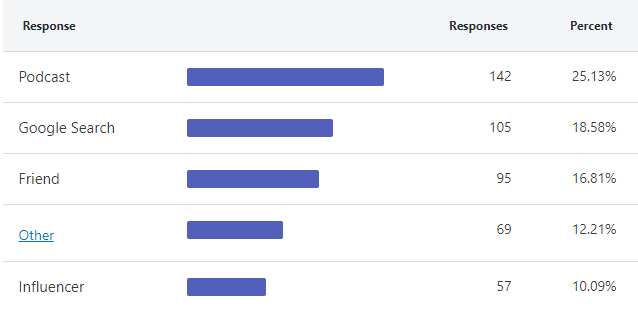
Bryan: It’s kind of amazing that your passion for podcasting enabled you to shift your entire role from influencer and affiliate marketing to overseeing podcasting for Füm.
If a brand was looking to enter podcast advertising, what kind of advice would you give them for building out their initial strategy?
Adam: As a business, especially a start up on a boot strapped budget, podcasting can be intimidating. The cost to advertise on your favorite shows can be high, and they often come with multiple episode commitments. From my limited experience, here’s my process of keeping our costs low and our effectiveness appropriate.
Network Buys
I can’t stress this enough. Finding a network or representation agency that gets you is key. And doing full network buys or bulk show buys can get you network discounts and double down on that podcast retargeting philosophy (my #1 strat).
Fringe Shows
CPMs in general are climbing as podcasting becomes more relevant. $20-30 is pretty common, but in fringe industries like news and politics, where many brands are uncomfortable advertising, CPMs can be lower.
Bulk Buys
Once you find a show you are happy with and you’ve run between 4-8 episodes, I’d recommend asking for a longer term contract at a reduced rate. Podcasters like the security of having a committed sponsor and brands like having a long term sustainable source of influence and revenue. I usually take small steps towards longer contracts, 2 months, to 4 months, to 6, etc. Performance changes, and committing to a full year is a bit intimidating for a startup that is prone to quick change.
Where do your competitors advertise?
Though we don’t use it, there’s a software called ThoughtLeaders that allows you to search Podcasts and YouTube channels sponsored by your competitors and see where they’re having success based on the frequency of their ad placements. This could be effective for finding higher “hit rates” on successful shows.
Bryan: And if podcasting is as successful for them as it was for Füm, how would you encourage them to grow within the podcast advertising space?
Adam: Ultimately, a lot of our growth began with one network that worked for us. We’ve onboarded and off boarded many others and have only found a few that have been successful for us since starting.
Relationships are everything in podcasting, and your network relationships are key. The primary network we work with has become like family to us. We know the hosts, I have a personal connection with our representative there and we even know the producers well enough to get them involved in our recent Holiday Campaign. As we’ve integrated more deeply, we’ve seen strong results, but it took time and baby steps. This has opened the door to them getting us the best rates on off-network shows with friends of theirs they think would be good fits–and often they are because they know our business and customers.
The question of when to leave a network lies deeply in whether or not you find it easy to work with them and if they provide results. On average we like to find 3 out of every 10 shows we sponsor as successful by our metrics. If you keep throwing money at a network that hasn’t found you any success, perhaps they don’t have a pool of shows fit for your brand.
If the network you are testing is able to find you 1-2 winning shows early, they are likely going to be a good fit for you–especially if they work well with you (this part I can’t stress enough). We are still in the early stages of our podcast advertising journey, so over saturation in a market doesn’t seem to be approaching yet. When we get there, if that happens, my instinct would be to slow down the cadence of our ads to retain visibility but press less into high frequency.
Bryan: And lastly, tell us a bit about what happened with Füm and the free advertising you got from The Joe Rogan Experience.
Adam: I want to take a bit extra time to highlight my podcast retargeting efforts, and how it got us into the ears of Joe Rogan and a 5 minute organic conversation on his show the Joe Rogan Experience–which we paid $0 for.
We’ve been advertising in the “News and Politics” space for a while, and have found success on a number of shows there. Many of the hosts we work with have been guests on the JRE and we had always hoped one would bring up Füm–that didn’t happen. At least not exactly like that.
In episode #1670 of the JRE with Dr. David Sinclair, they started talking about smoking and the effects of tobacco use on lifespan. To which Joe piped in about a product he saw advertised on one of the shows we partnered with (a 5 minute conversation about our brand). This led to a 20-30% lift in our sales over the span of 4 weeks. And we still get post-purchase survey responses highlighting that episode.
Perhaps it was that one show or maybe there were conversations behind the scenes, but what is for certain is that our advertising efforts multiplied through targeting like-minded/hosted shows to reach the ears of thought leaders in that space.
I’m incredibly interested in speaking to more brands, so please reach out if that sounds interesting to you.
Rel’s Recs
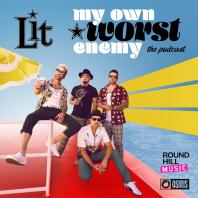
This week, Arielle Nissenblatt of Earbuds Podcast Collective recommends My Own Worst Enemy from Osiris Media, hosted by Acast.
I grew up with this song but had NO idea it was by the band Lit. I assumed it was Good Charlotte or The Killers. (I’m really, really not a music person). Turns out the song this podcast is based on is one of the most recognized of the past few decades. And this podcast is the story of how it came to be. This story is incredibly well-told. It gives listeners a window into the 90s and early 00s music scene.
Market Insights – with ThoughtLeaders
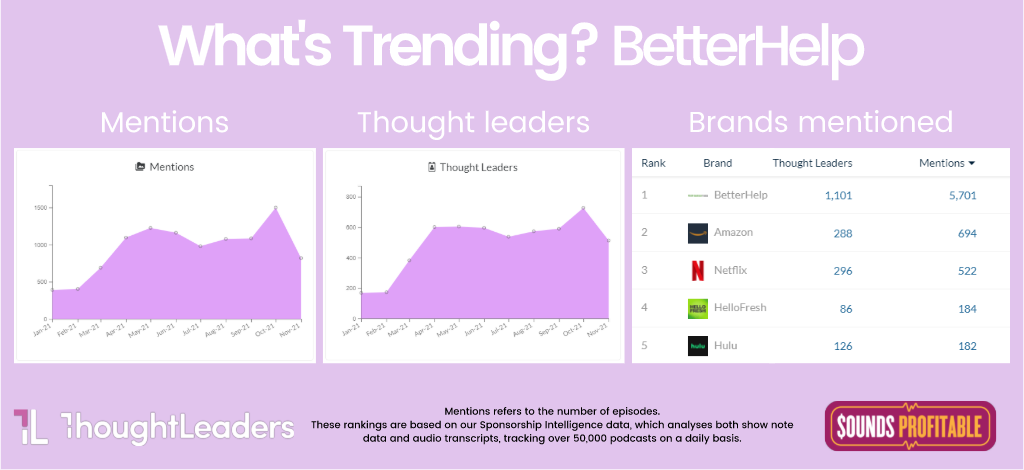
Noam Yadin, Content and Social Media Manager at ThoughtLeaders joins me this week to share insight into current trends:
We’ve looked at BetterHelp earlier in the year, but it is STILL podcasting’s biggest ad buyer. In October, it increased its podcast spending by 17% and is spread across over 700 podcasts. Here are some of its most recent partnerships: The Upside with Callie and Jeff, New Books Network, Sleep with Me, and Morbid: A True Crime Podcast.

